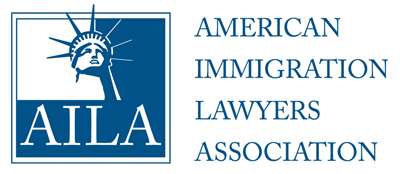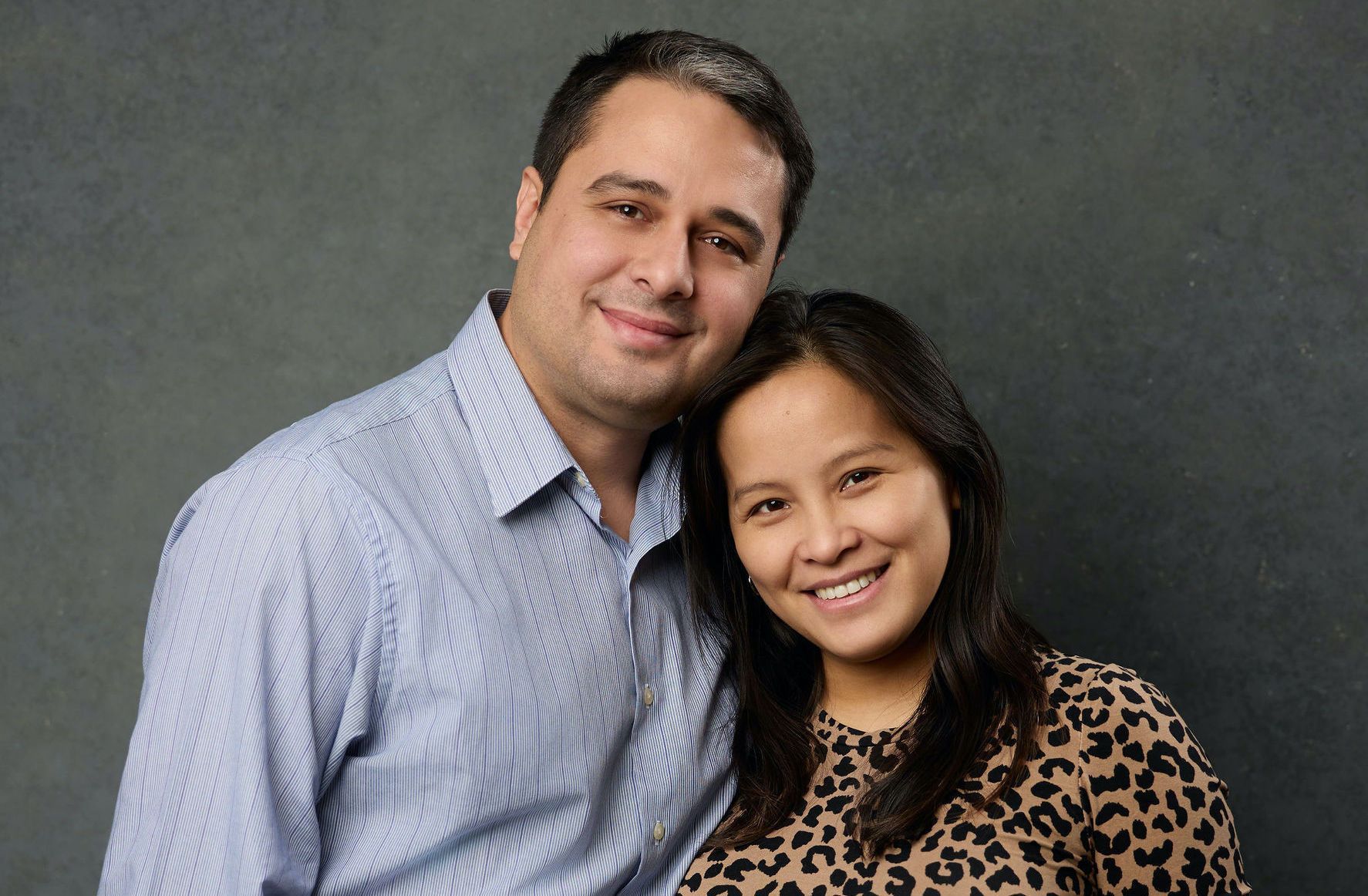Libertad condicional de Biden para 2024: requisitos y elegibilidad

El programa de libertad condicional en el lugar de Biden para 2024 es una derivación del programa de libertad condicional militar en el lugar, que ya existe desde hace mucho tiempo. El objetivo del programa es DIRIGIRSE a los cónyuges que ingresaron ilegalmente a los EE. UU. y brindar una alternativa más razonable al proceso de inmigración en comparación con un proceso en el extranjero que normalmente puede demorar entre 6 y 8 años para obtener un resultado, para obtener una visa de inmigrante o una tarjeta verde.
Este programa sería muy beneficioso para una población de los EE. UU. que ha enfrentado dificultades de procesamiento consular durante años: los beneficiarios de DACA. Personas que han estado presentes en los EE. UU. desde la infancia, pero debido a una entrada ilegal facilitada por sus padres o familiares, han tenido dificultades para inmigrar a los EE. UU. debido a su matrimonio con un ciudadano estadounidense.
En esta publicación revisaremos los requisitos que se han anunciado hasta ahora.
Nuestra experiencia:
Nuestra oficina tiene casi una década de experiencia con la libertad condicional militar vigente. Nuestra experiencia se ha centrado principalmente en los estados con una fuerte presencia militar.
Dado que la libertad condicional de Biden (también conocida como libertad condicional civil vigente o libertad condicional humanitaria vigente) es similar a la PIP militar en cuanto a su estructura, nuestra experiencia puede resultar extremadamente beneficiosa.
La biografía de nuestra oficina se puede ver aquí.
Requisitos BÁSICOS para ser elegible:
Un solicitante inmigrante debe:
- Estar presente en los Estados Unidos sin admisión ni libertad condicional;
- Haber estado presente de forma continua en los Estados Unidos durante al menos 10 años a partir del 17 de junio de 2024;
- Tener un matrimonio legalmente válido con un ciudadano estadounidense a partir del 17 de junio de 2024; y
- No debe tener antecedentes penales que lo descalifiquen ni constituir una amenaza para la seguridad nacional o la seguridad pública.
La libertad condicional en el lugar está disponible para:
- Cónyuges de ciudadanos estadounidenses
- Hijastros menores de 21 años que no se hayan casado y cuyos padres se casaron antes de los 18 años
Todas las solicitudes tendrán en cuenta:
- Historial de inmigración anterior
- Antecedentes penales
- Los resultados de las verificaciones de antecedentes y de las investigaciones de seguridad pública y nacional
- Cualquier otra información relevante disponible o solicitada por el USCIS
¿Tienes alguna pregunta? ¡Envíanos un breve mensaje!
¿Cómo demostrar una entrada a los EE. UU. sin admisión o libertad condicional?
A nuestra oficina le gusta denominar la Declaración Jurada de Libertad Condicional en el Lugar como una "Declaración Jurada de Elegibilidad". Cuando nuestra oficina realiza una Declaración Jurada de Elegibilidad, consideramos la cantidad de entradas y el fraude cometido en el momento de la entrada. Si se produjeron varias entradas, el solicitante puede ser excluido permanentemente de convertirse en residente permanente legal (otro blog sobre el problema de las entradas múltiples se puede encontrar aquí:
/immigration/permanent-bar-for-two-or-more-illegal-entries-ina-212a9ci/
). En la situación de la prohibición permanente, un inmigrante normalmente tiene PROHIBIDO recibir una tarjeta verde.
Nuestra oficina realiza esta declaración jurada de elegibilidad en todos los casos, independientemente de la jurisdicción. Si el solicitante es 100% elegible o se puede argumentar que es elegible debido a que existe una dificultad para el ciudadano estadounidense, confirmar la elegibilidad y proporcionarla al USCIS ayuda a que el proceso de presentación sea más fácil. Sin embargo, todos los solicitantes deben tener cuidado con los posibles riesgos y siempre deben buscar la orientación de un abogado de inmigración con conocimientos sobre inmigración militar.
La declaración jurada de libertad condicional/declaración jurada de elegibilidad debe tener la siguiente información:
- Número de entradas
- Fecha de todas las entradas
- Ubicación de todas las entradas
- Método de transporte para todas las entradas
- Número de personas que acompañan, junto con su nombre, relación con el solicitante y fecha de nacimiento
- Explicaciones de cualquier encuentro con oficiales de inmigración o la Patrulla Fronteriza
- Explicación de cualquier solicitud de inmigración anterior, como DACA o TPS
La declaración jurada también debe indicar el nombre completo del solicitante, la fecha de nacimiento, el lugar de nacimiento, la dirección actual, el número de teléfono y la declaración jurada debe estar certificada ante notario.
NOTA: ¡Salvar a uno a costa de muchos!
¿Qué significa esto? Bueno, el USCIS puede usar una Declaración Jurada del Solicitante en contra de la familia del Solicitante. Un escenario común es que un niño cruce la frontera ilegalmente con sus padres, ya sea que los padres estuvieran físicamente presentes o pagaran a un coyote para que lo ayudara a cruzar. Esto puede considerarse tráfico de personas según la Ley de Inmigración de los EE. UU. y puede causar complicaciones graves. Ahora bien, esto es problemático cuando el solicitante fue el padre “contrabandista”. De manera similar, no querría meter a sus suegros en problemas con Inmigración, independientemente de si son ilegales o han recibido una Tarjeta Verde o la ciudadanía de los Estados Unidos.
¿Cómo demostrar la presencia continua durante los últimos 10 años?
En primer lugar, la presencia continua significa que no puede haber NINGÚN momento fuera de los EE. UU. durante los últimos 10 años.
En segundo lugar, la presencia normalmente se demuestra proporcionando:
- Más de 10 años de declaraciones de impuestos
- Más de 10 años de contratos de alquiler o escrituras
- Expedientes de la escuela primaria, secundaria y preparatoria
- Expedientes universitarios
- Expedientes de vacunación
- Expedientes médicos
- Facturas de cada lugar en el que haya vivido
- Facturas médicas, registros de vacunación y registros escolares de los niños
¿Qué sucede si se aprueba la libertad condicional en el lugar?
En pocas palabras, usted es elegible para ajustar su estatus en los EE. UU. Es decir, puede obtener una tarjeta verde dentro de los EE. UU., sin la necesidad de viajar al exterior, la necesidad de una exención I-601A y el riesgo de perder su empleo y sus responsabilidades diarias al estar en el extranjero durante algunas semanas o algunos meses.
Si desea revisar su elegibilidad para este nuevo programa, se recomienda programar una consulta con un abogado de inmigración con experiencia en solicitudes de libertad condicional en el lugar.
Descargo de responsabilidad: el editor del blog o del estudio jurídico pone a su disposición este blog únicamente con fines educativos y para ofrecerle información general y una comprensión general de la ley, no para proporcionar asesoramiento legal específico. Al utilizar este blog, usted acepta que no existe una relación abogado-cliente entre usted y el editor del blog o del sitio web. El blog no debe utilizarse como sustituto del asesoramiento legal competente de un abogado profesional autorizado en su estado.












